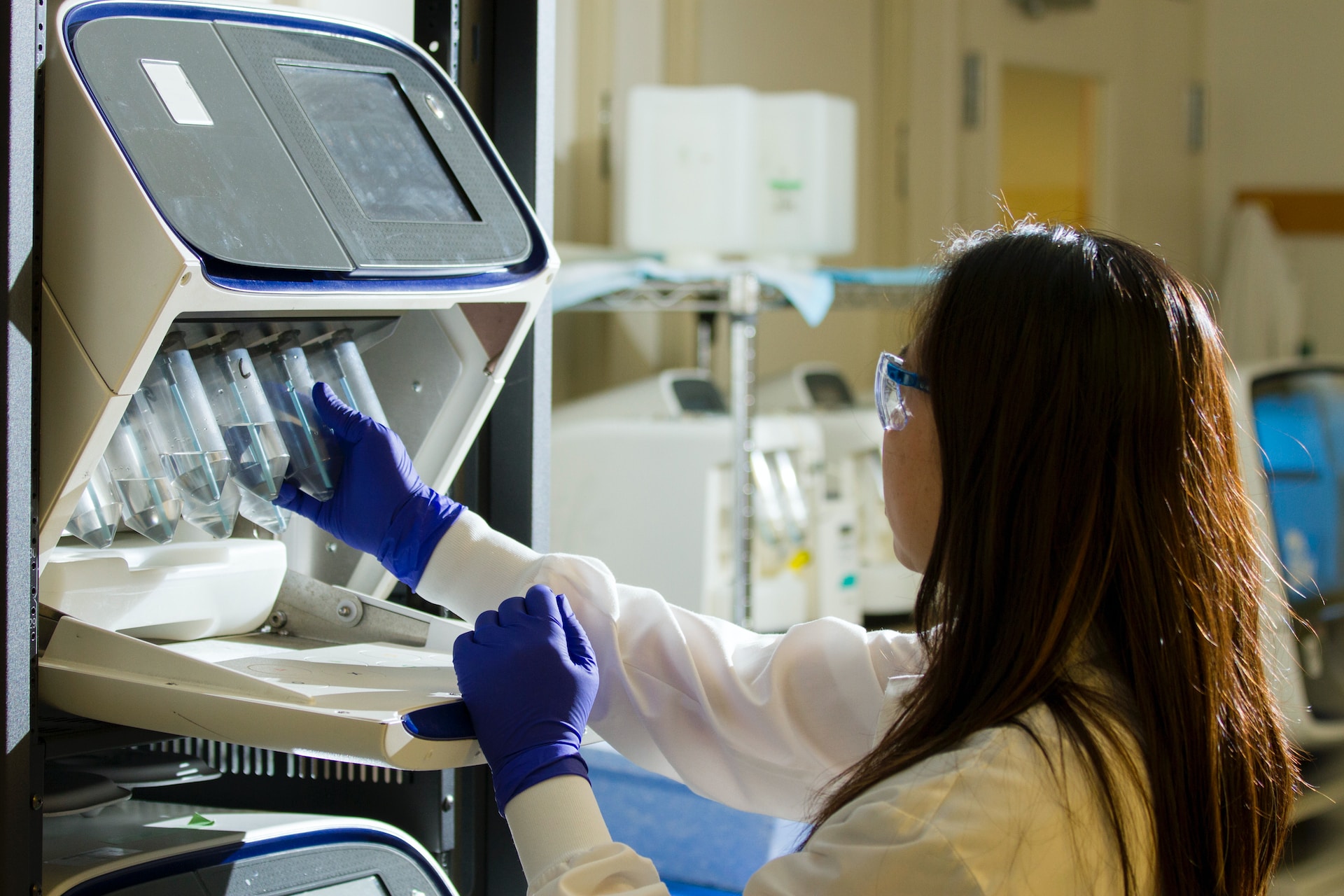Technology
New medical technology opens up an amazing range of Possibilities

Modern medical technology offers incredible possibilities, from augmented reality to 3D printing.
Medical devices can now be connected via networking for remote monitoring, enabling doctors to spot potential problems early and take preventive steps before they arise.
Augmented and virtual reality technology are helping medical students study anatomy without needing to touch cadavers, while AR allows accessing patient records while treating patients hands-free.
Artificial Intelligence
Artificial Intelligence (AI)-powered medical technology offers revolutionary new ways for physicians to diagnose diseases, predict patient outcomes and create drug discovery solutions. AI medical technologies go far beyond what most human providers can accomplish today by providing better care with less errors than typical providers do today.
Multiple AI companies are making strides in healthcare. A learning algorithm developed by researchers at Google AI Health was able to analyze histology slides (staining tissue samples) and detect metastatic cancer tumors 99% of the time – cutting down review times significantly for healthcare professionals.
Medical AI technology also includes voice-enabled chatbots to match patients with the appropriate physician, freeing up their time for more productive care and personalized services for patients.
Robotic Surgery
Robotic surgery, a form of minimally invasive surgery, has become an increasingly popular procedure across different medical specializations, from general surgery to urology and gynecology. Surgeons employing this form of minimally invasive surgery control slender telescope-like instruments from near the patient using an HD camera providing magnified views of the surgical field, providing for less invasive treatments that minimize tissue damage while offering better surgical outcomes.
However, it should be remembered that robotic-assisted surgery is not fully automatic; surgeons still play an integral part. Furthermore, this technology may not suit every patient as risks still exist such as bleeding or infection – therefore it’s wise to discuss all available options with your physician prior to making your decision.
Telemedicine
Telemedicine is a healthcare technology that allows patients to interact remotely with physicians. Healthcare systems, physician practices and skilled nursing facilities utilize telemedicine software to enhance patient outcomes and increase patient engagement.
Telemedicine and telehealth are often used interchangeably, yet each term has distinct definitions. Telemedicine refers to an area within telehealth’s larger framework whereas its scope encompasses more.
Doctors can utilize telemedicine to monitor patients remotely, transmit medical images and videos remotely and share this data in real time with specialists. Depending on the system used, patients may interact with physicians via video conference; some systems even enable physicians to connect to patients’ medical devices to get readings or diagnose conditions directly. Most HIPAA compliant systems make managing confidential patient data simpler for medical professionals.
Smart Medical Devices
Smart medical devices allow doctors to remotely track patient data and relay that information directly back to patients, including monitoring an illness’s progression and early warning signals, identifying dangerous symptoms that warrant early treatment and improving medication efficiency.
An internet-enabled inhaler, for instance, can monitor the frequency and severity of asthma attacks to remind you when to take your medication on time. Furthermore, it can monitor heart rate and blood pressure.
These devices enhance current telemedicine practices by gathering patient data and relaying it immediately to physicians for immediate action. They may even help physicians to detect underlying causes for illnesses to prevent further damage. Unfortunately, stringent regulatory requirements limit their widespread usage; additionally poor calibration or improper follow-up of instructions could result in inaccurate data collection.
Wearables
As healthcare needs continue to shift, wearable technology has seen an explosion of device development for tracking health and fitness of users. Some devices even transmit this data directly to physicians in real-time.
Smartwatches that measure blood pressure and pulse, photoplethysmography sensors that track variations in blood volume, and an atrial fibrillation/heart condition diagnosis tool such as the latter are all examples of medical technology to use when managing heart health.
Other wearable innovations include stretchable artificial skin that can collect data for athletes or assist patients recovering from injuries and illnesses. One device allows physiotherapists to monitor how effectively patients perform physiotherapy exercises, ultimately improving treatment outcomes and shortening recovery times for patients.











